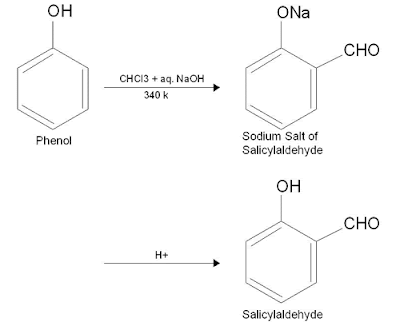Trends in chemical reactivity of group 13 elements
The important trends observed in the chemical behavior of group 13 elements are 1. Group 13 elements form hydrides of the type MH 3 . Thermal stability of hydrides decreases as we move down the group. Hydrides act as weak lewis acids. Boron forms a number of hydrides known as boranes. The important series among boranes are nido-boranes (B n H n+4 ) and arachno-boranes (B n H n+6 ). Aluminium and Galium can form tetra hydrido anions (MH 4 -).[LiAlH 4 ] is an example for this and is a good reducing agent used in organic synthesis. 2. The elements of group 13 form trihalides of the type MX 3 . The trihalides are strong Lewis acids. The flurides are ionic and have high melting points. The chlorides, bromides and iodides are covalent compounds with low melting points. Halides can exist in dimeric form with halogen bridges. 3. All the elements of group 13 form oxides with formula M 2 O 3 and hydroxides of the type M(OH) 3 . Basic character of oxides and hydroxides increases as we move down...


